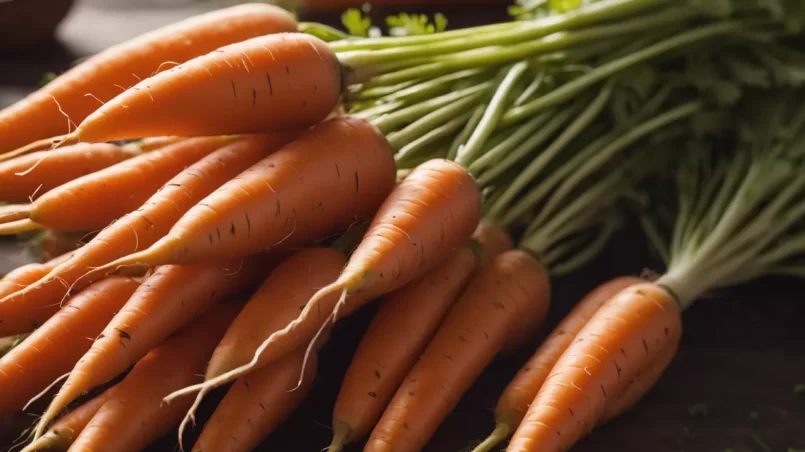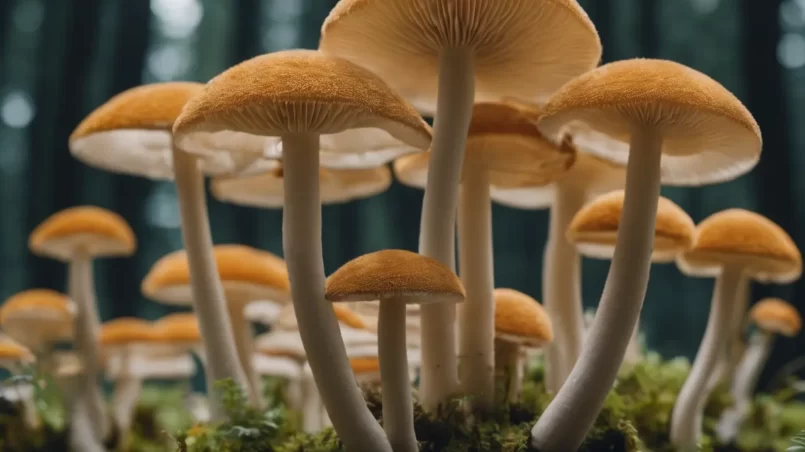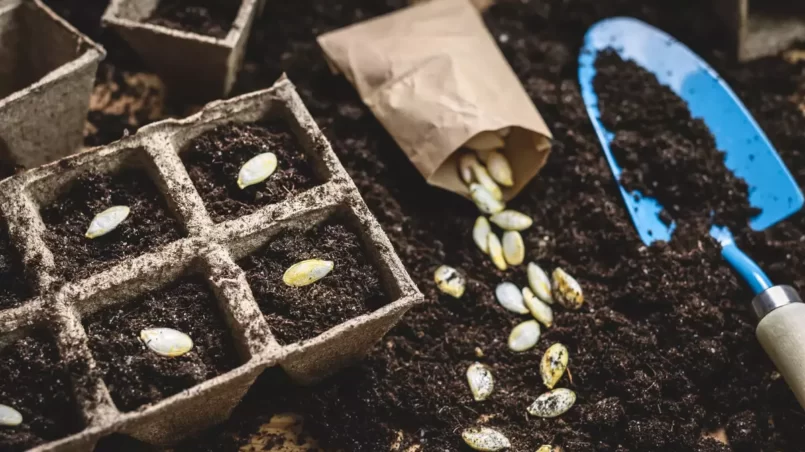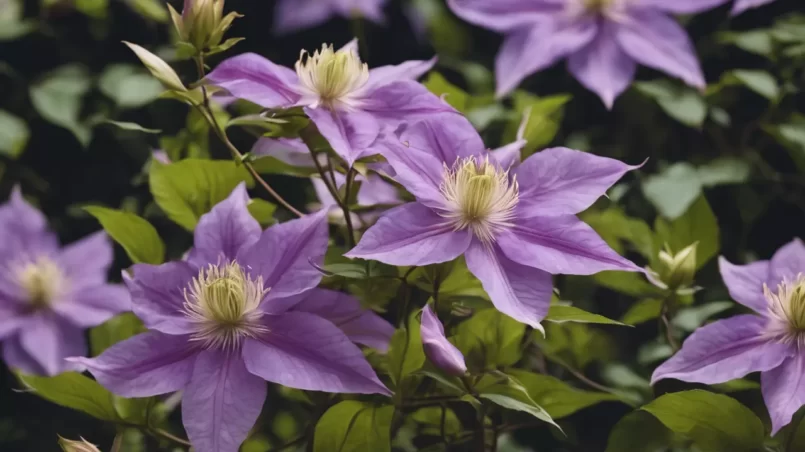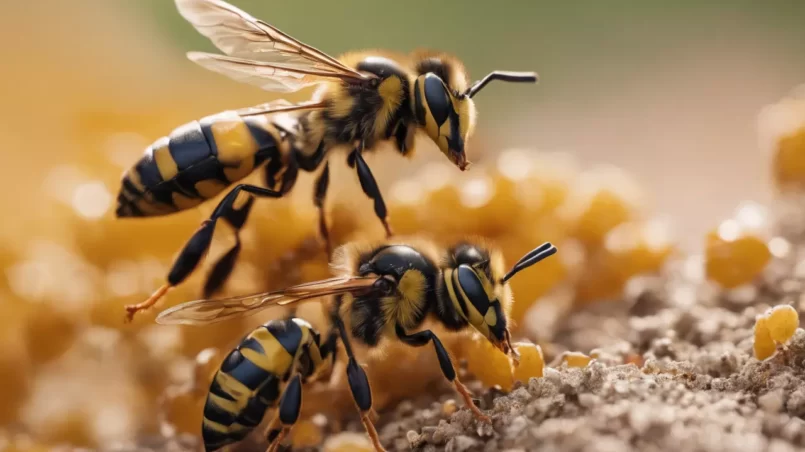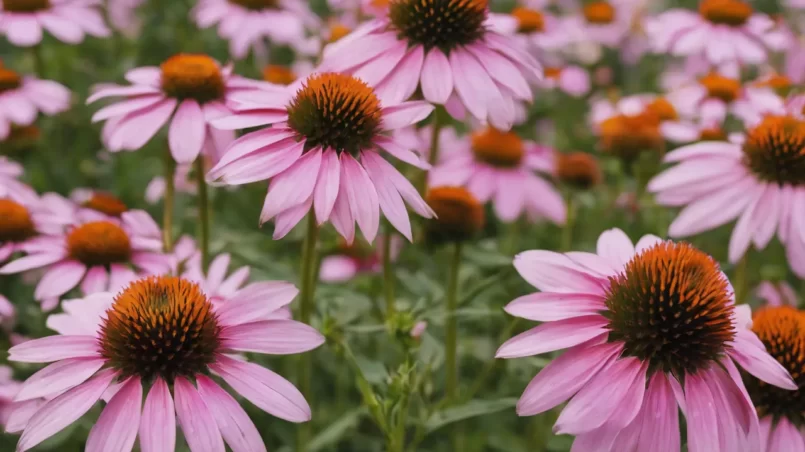Carrots, with their vibrant orange hue and crisp texture, are a familiar sight in grocery stores and kitchens around the world. Commonly perceived as a natural vegetable, the history and development of carrots are more complex than they appear. This article delves into the origins and evolution of carrots to explore whether they can be considered “man-made.” Historical Origins of Carrots The story of the carrot begins with its wild ancestor, Daucus carota, a plant native to...
Category - Gardening
Mushrooms, a fascinating and diverse group within the fungi kingdom, possess a range of unique features that intrigue both the scientific community and the general public. Among these features, the gills of mushrooms are particularly noteworthy. These structures are not only crucial for the mushroom’s life cycle but also play a significant role in mushroom identification. Anatomy of a Mushroom To understand mushroom gills, it’s helpful first to look at the general anatomy of...
Pumpkin cultivation is a cherished autumn tradition, and in Georgia, the warm climate provides an excellent opportunity for growing these iconic fall fruits. This article is designed to guide gardeners in Georgia through the optimal timing for planting pumpkins, ensuring a successful harvest in time for Halloween and fall festivities. Georgia’s Climate Georgia’s climate is characterized by hot summers and mild winters, which can vary across different regions of the state. This...
Clematis, known for its vibrant blooms and versatile climbing nature, is a favorite among gardeners. While it’s a relatively hardy plant, there are times when transplanting is necessary, whether it’s due to garden redesign, poor growth, or moving plants to a new location. This article aims to provide gardeners with detailed guidance on the best practices and timing for transplanting clematis to ensure its continued health and beauty. Clematis Clematis is a genus of...
Wasps, often seen buzzing around during warmer months, are a subject of fascination and apprehension. Understanding their life cycle, especially the developmental stages of baby wasps, can provide valuable insights into their behavior and role in the ecosystem. This article aims to shed light on what baby wasps look like and how they grow into adults. The Wasp Life Cycle The life cycle of a wasp is complex and comprises four main stages: egg, larva, pupa, and adult. Each stage is distinct...
Coneflowers, scientifically known as Echinacea, are a mainstay in many gardens due to their vibrant colors and hardy nature. While they are relatively easy to grow and maintain, there may come a time when transplanting is necessary. This article aims to guide gardeners on the best practices for transplanting coneflowers, focusing on optimal timing to ensure the health and longevity of these beloved perennials. Coneflowers Coneflowers are known for their distinctive, daisy-like flowers...

